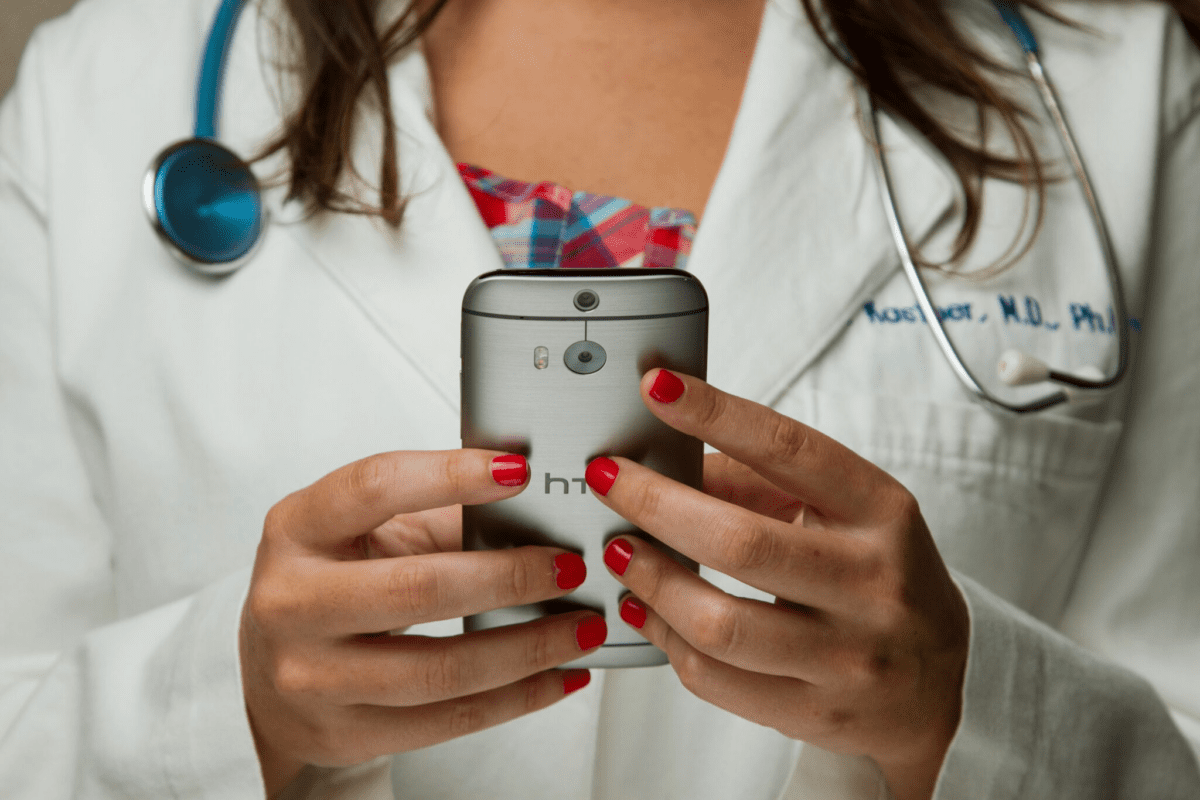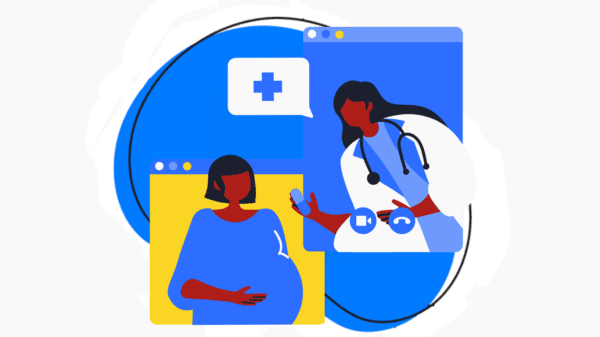Telehealth urgent care has rapidly transformed the healthcare landscape, offering patients immediate access to medical professionals without the need to visit a physical clinic. This shift has made healthcare more accessible and convenient, especially during emergencies or when immediate care is needed but not necessarily in person. While synchronous telehealth (real-time video consultations) remains a cornerstone of this service, the integration of asynchronous communication tools, such as Zight, has the potential to further enhance the efficiency and effectiveness of telehealth urgent care.
The Growing Need for Telehealth Urgent Care
The demand for telehealth services, especially urgent care, has surged in recent years. Factors such as the global pandemic, increasing access to high-speed internet, and the need for more flexible healthcare solutions have all contributed to this growth. Patients can now consult with healthcare providers for urgent issues from the comfort of their homes, avoiding the need to visit crowded emergency rooms or clinics.
Telehealth urgent care is particularly beneficial for managing non-life-threatening conditions like minor infections, allergies, skin issues, and common illnesses. It provides a quick and effective way for patients to receive medical advice, prescriptions, and treatment plans.
However, the synchronous nature of traditional telehealth services can sometimes be limiting. Patients may face scheduling conflicts, or their symptoms may not require immediate real-time interaction. In these cases, asynchronous communication through platforms like Zight can play a crucial role.
What is Asynchronous Communication?
Asynchronous communication refers to exchanges that do not require all participants to be present at the same time. In the context of telehealth, this means that patients and doctors can communicate via recorded videos, voice notes, or text messages, which can be reviewed and responded to at a convenient time.
This approach offers several benefits:
- Flexibility: Patients can describe their symptoms and upload relevant images or videos at any time, and doctors can review and respond when they are available.
- Efficiency: Doctors can manage their time more effectively by responding to patient queries between other appointments, allowing for a more balanced workflow.
- Continuity of Care: Asynchronous communication ensures that patients receive timely follow-up care without the need to wait for the next available live appointment slot.

How Zight Enhances Asynchronous Telehealth Urgent Care
Zight, a powerful tool for screen recording, video messaging, and collaboration, is uniquely positioned to support asynchronous telehealth urgent care. Here’s how both doctors and patients can utilize Zight to improve their telehealth experience:
1. Patient Symptom Documentation
Patients often struggle to accurately describe their symptoms during a telehealth consultation. With Zight, patients can easily record videos or capture screenshots of their symptoms (such as rashes, swelling, or other visible concerns) and share them with their healthcare provider. This visual documentation is invaluable for doctors who need to make informed decisions quickly.
For example, a patient experiencing a skin rash can record a short video showing the affected area, providing the doctor with a clear view of the condition. This eliminates the ambiguity that can arise from verbal descriptions alone.
2. Doctor’s Asynchronous Response
Healthcare providers can use Zight to review the patient’s recorded videos or images and respond with detailed video or voice messages. Instead of typing out lengthy explanations, doctors can record their screen as they review the patient’s medical history, lab results, or uploaded media, offering a more personalized and thorough response.
This asynchronous method allows doctors to provide detailed explanations and instructions without the pressure of a live consultation. They can take the time to review all relevant information and deliver a considered response, ensuring high-quality care.
3. Sharing Educational Resources
In urgent care scenarios, patients often need to understand how to manage their condition at home. Zight enables doctors to create and share educational videos tailored to the patient’s specific condition. For instance, a doctor could record a tutorial on how to properly clean and dress a wound, ensuring the patient follows the correct procedure.
These videos can be reused for multiple patients with similar conditions, saving time and ensuring consistent, high-quality advice is delivered every time.
4. Collaborative Care
Telehealth often involves collaboration between multiple healthcare providers. Zight’s collaboration features allow doctors to easily share patient information and consult with colleagues asynchronously. For instance, a general practitioner might want a specialist’s opinion on a patient’s condition. By using Zight, the GP can record and share the relevant patient data, allowing the specialist to review and respond at their convenience.
This seamless exchange of information helps in making quicker, more accurate diagnoses and treatment plans, ultimately leading to better patient outcomes.
5. Patient Follow-Up
Follow-up care is critical in urgent care settings. With Zight, doctors can schedule regular check-ins with patients via asynchronous video messages. Patients can update their doctors on their progress, and doctors can provide additional advice or adjust treatment plans as needed.
This ongoing communication helps ensure that patients are recovering as expected and that any complications are addressed promptly, without the need for additional live consultations.
6. Enhanced Documentation and Compliance
Zight also helps in maintaining detailed records of all interactions between the patient and healthcare provider. These records can be saved and referred back to if needed, ensuring compliance with healthcare regulations and providing a clear audit trail.
In case of any disputes or the need for clarification, both parties have access to the complete history of their communications, which can be crucial for legal and medical accuracy.
The Future of Telehealth Urgent Care with Zight
The integration of Zight into telehealth urgent care practices represents a significant advancement in how healthcare providers and patients interact. The flexibility and efficiency offered by asynchronous communication tools like Zight not only improve the patient experience but also reduce the burden on healthcare providers, allowing them to manage their workload more effectively.
As telehealth continues to evolve, tools like Zight will become increasingly important in delivering high-quality care in a timely and efficient manner. Patients will benefit from the convenience and accessibility of asynchronous communication, while doctors will appreciate the ability to provide thoughtful, thorough care without the constraints of a real-time consultation.
In summary, Zight enhances telehealth urgent care by facilitating clear, detailed, and flexible communication between patients and healthcare providers. Whether it’s documenting symptoms, providing expert advice, or ensuring continuity of care, Zight empowers both doctors and patients to engage in a more meaningful and effective healthcare experience. As the telehealth industry continues to grow, the adoption of asynchronous communication tools like Zight will be crucial in meeting the increasing demand for urgent care services.
